Improving Posture: Exercises to Correct Excessive Low Back Curve

Improve Your Posture: How to Correct an Excessive Lower Back Curve
Are you aiming to improve your posture? Correcting an exaggerated curve in your lower back is achievable with targeted exercises.
Experiencing lower back pain? This discomfort often stems from an abnormal arch in your spine, known as a larger-than-normal lordotic curve.
This guide unveils essential exercises designed to rectify an increased curve in your lower back posture. After mastering the foundational routines, you’ll find advanced exercises to further enhance your posture.
See Also: Advanced Posture Exercises For Your Rounde Upper Back
Understanding Posture: Addressing Hyperlordosis
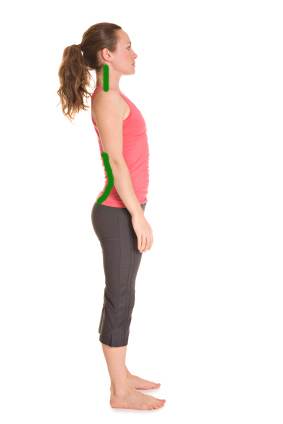
The natural curves in your lower back and neck, known as lordosis, play a crucial role in your overall posture. Normal lordosis is common and healthy.
However, the internet is rife with misinformation regarding posture correction. As a practising chiropractor, my goal is to provide you with accurate and reliable information to navigate posture improvements effectively.
Excessive curvature, or hyperlordosis, refers to an overpronounced curve in the lower back. “Hyper” indicates an excess, much like the term “hyperactive.” Conversely, “hypo” denotes a deficiency, indicating less curvature than normal.
It’s possible to exhibit hyperlordotic posture without experiencing pain. Nevertheless, addressing this condition early is vital to reduce the risk of developing osteoarthritis in the joints and discs of your lower spine.
See Also: 4 Upper Back Exercises To Improve Posture
Correcting Hyperlordosis: Enhancing Appearance and Reducing Risk
Proactively adjusting a hyperlordotic posture not only mitigates health risks but can also refine your silhouette. Through specific exercises, we can realign your pelvis, diminishing the appearance of lordosis without altering your body’s natural shape.
Causes of Hyperlordosis Include:
Tight Muscles:
- Erector spinae muscles along the spine.
- The hip flexor muscle is known as the psoas.
Weak Muscles:
- The gluteus maximus shapes your buttocks.
- Abdominal muscles, particularly the rectus abdominis or “six-pack” muscles, remain concealed for many under a layer of fat.
Hyperlordosis results from an imbalance between overly tight muscles pulling in one direction and weak muscles failing to compensate, exacerbating the spinal curve.
Correcting Your Posture: Balancing Muscle Strength
To amend your posture, begin by stretching the tight muscles before strengthening the weaker ones. This balanced approach is key to correcting an excessive lower back curve and improving your overall posture.
A: Arch Your Lower Back Like The Cat Pose in Yoga – Stretch your low back erector spinae (low back muscles).
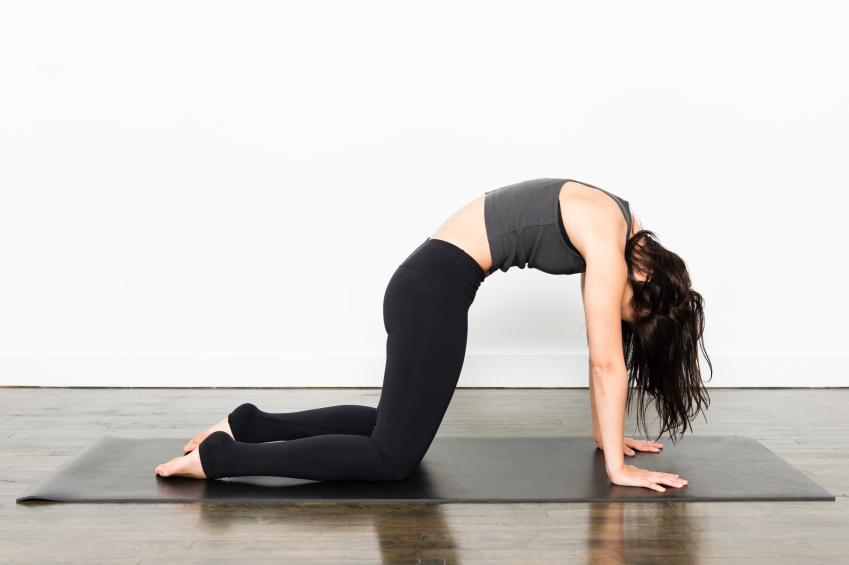
- Get on all fours with your hands under your shoulders, your knees under your hips.
- Arch your upper back and lower back like a cat does when it’s scared.
- Hold for 30 seconds – do 3 sets.
- If you have a disc problem, or it hurts to arch and flex your back, this exercise is not for you.
A: Child Pose: Second stretch for your low back erector spinae (low back muscles).
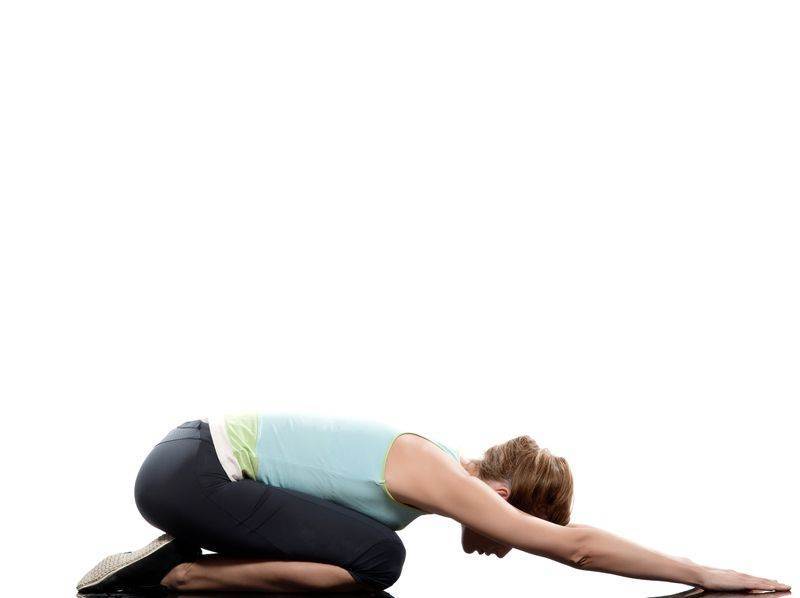
- Get on your hands and knees.
- Sit back onto your heels with your arms reaching out as far as they will go.
- Your head is looking down – neck down.
- Hold for 30 seconds – do 3 sets.
A: Lunge Pose: You need to stretch the hip flexor muscles (psoas muscles)
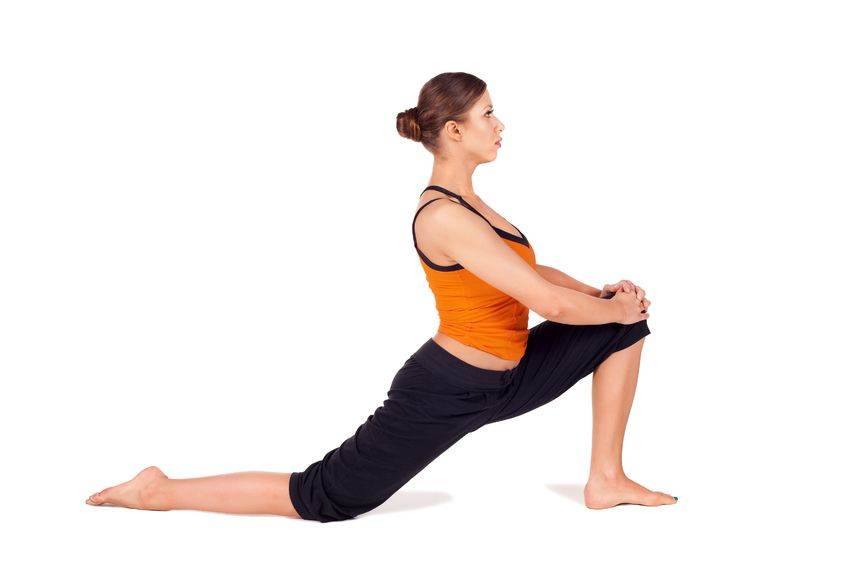
- Get down on your knees.
- Put one leg forward with the knee bent to 90 degrees.
- The other leg is back with the knee very slightly bent resting on the floor.
- You should feel the stretch in the front part of your hip.
- Hold for 30 seconds and do 3 sets.
Second, strengthen your gluteus maximus (your butt-shaping muscle) and abs (your rectus abdominis muscles or six-pack muscles)
I will give you two exercises to strengthen your gluteus maximus. The squat and the single-leg squat.
B: The Chair Squat To Strengthen Your Gluteus Maximus
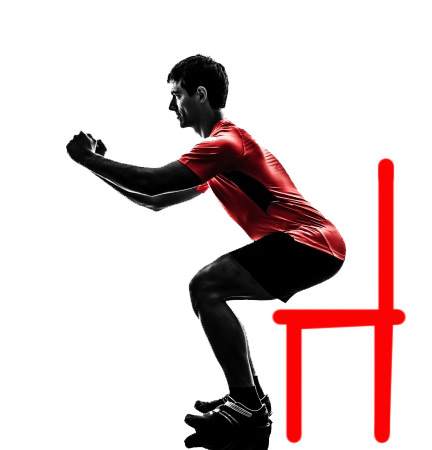
- Stand with your back to the chair.
- Your feet should be shoulder width apart with your feet turned out slightly
- Make sure to not arch your lower back when lowering yourself down to the chair.
- Touch the chair and come right back up 10 – do 3 sets.
B: Single Leg Squat To Improve Your Posture. When you can do three sets of chair squats easily, try single-leg squats.
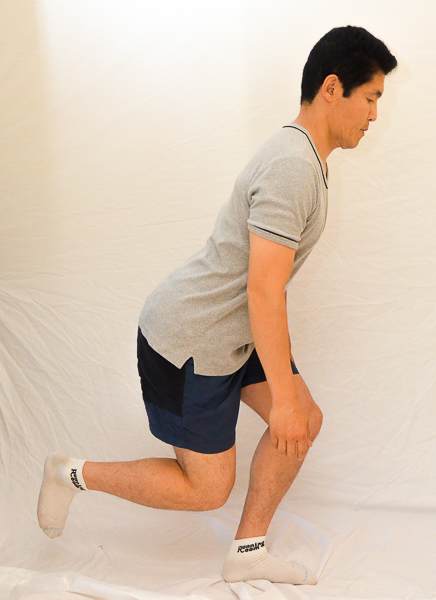
- Always stand near a wall so, you can support yourself if you lose your balance.
- Stand on one leg.
- Stick out your butt as much as you can while bringing your other leg back, dragging it on the floor to keep balance.
- Go as far as you can with the back leg.
- Don’t let your knee go forward past the big toe
- Do 3 sets of 10.
Strengthen Your Abs To Help Your Posture
B: Front Planks strengthen your abs without putting dangerous pressure on your discs like crunches and sit-ups do.
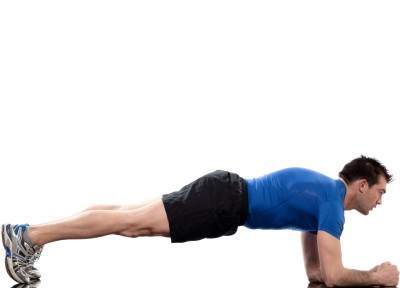
- Lie face down.
- Toes together and your arms shoulder width apart.
- Hold this position without raising your butt too high
- Your body should form a straight line. Look in the mirror.
- Hold for up to 1 minute at a time. – do the exercise 3 times.
B: Advanced Abs Strengthening To Help Your Posture

- Get a basketball or medicine ball.
- Get in the front plank position.
- Balance with your forearms on your medicine ball/basketball.
- Pull your arms in toward you while balancing on the ball.
Feel free to share your questions, thoughts and experiences in the comments below, and don’t forget to connect with us on Facebook for more updates and tips on improving your shoulder health. We’d love to hear your opinions on who you consider the best Toronto chiropractor.



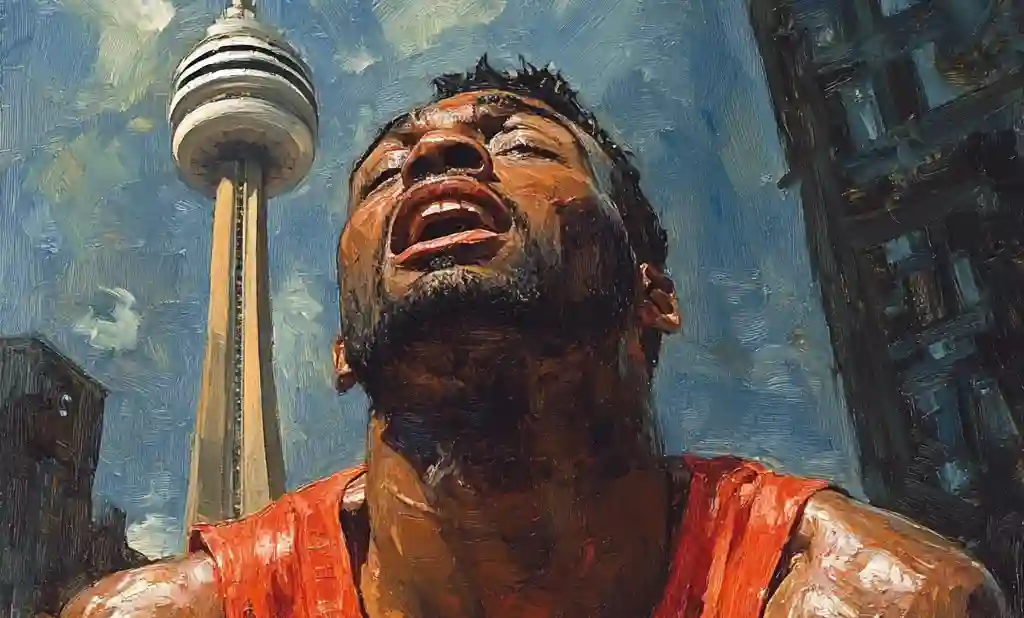

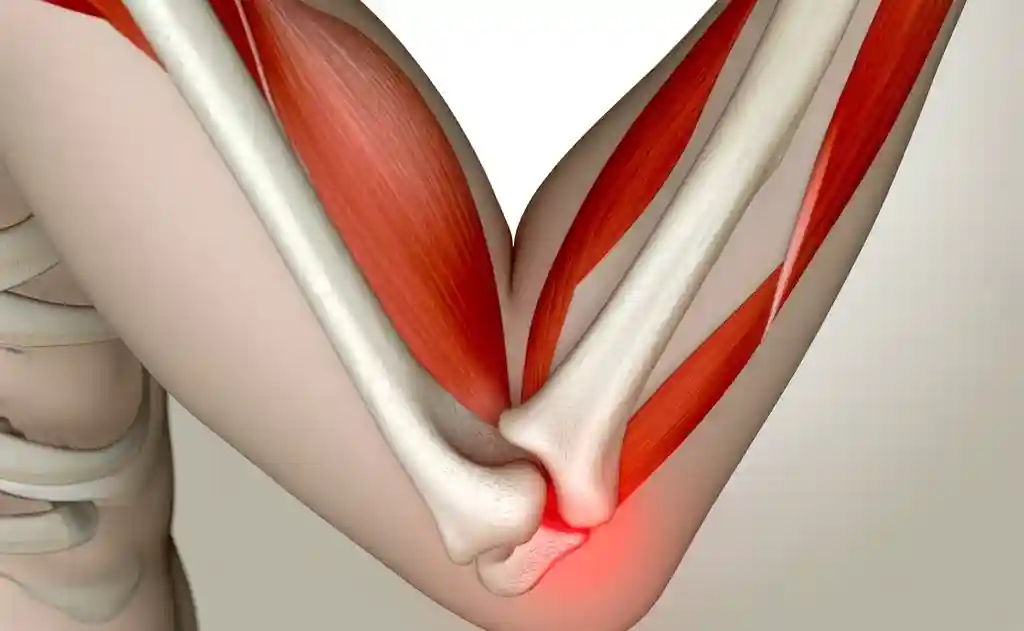
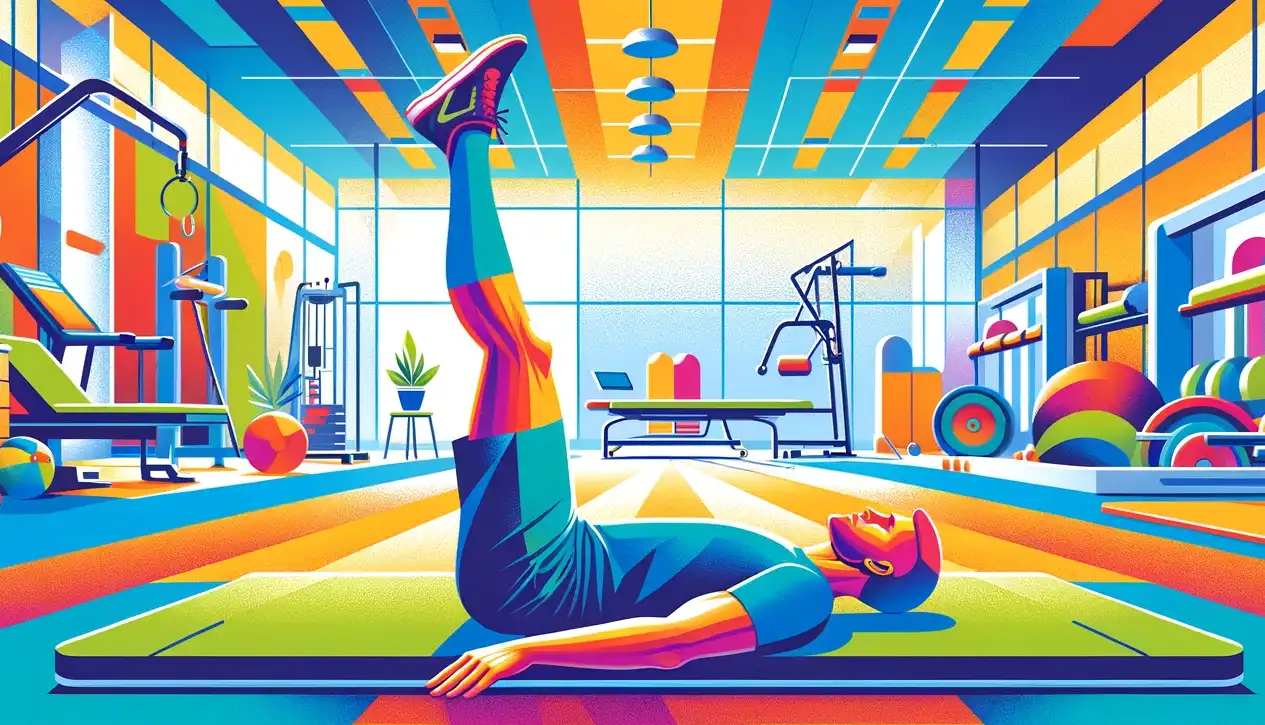
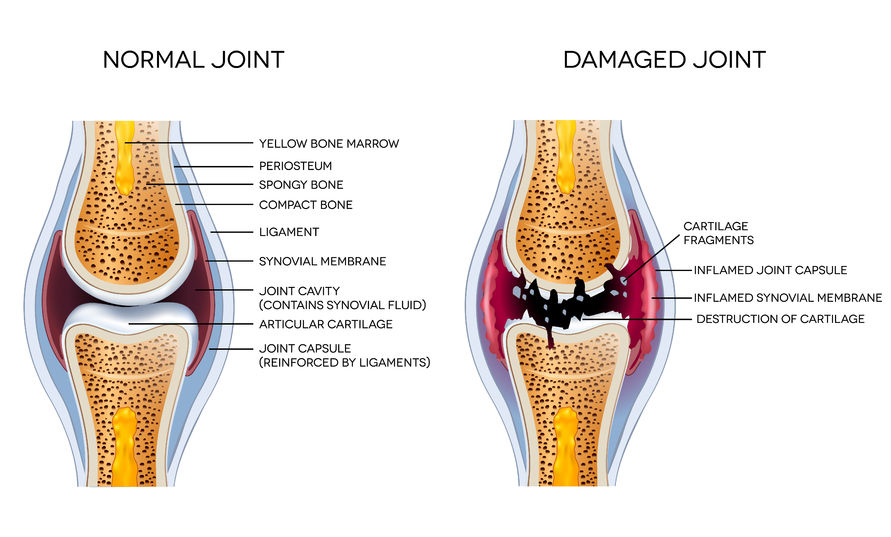
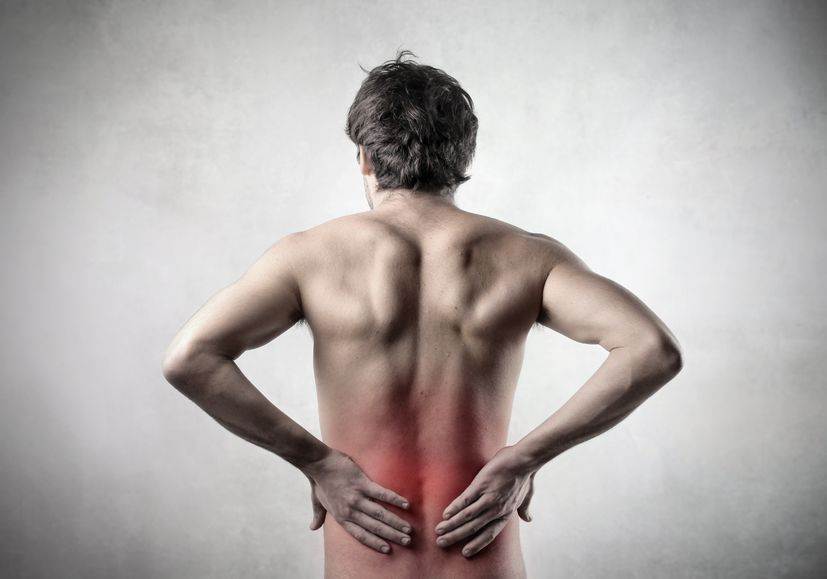
Im 16 years old and i have a curved upper back while my lower back curves in. I try to correct ny posture but ny muscled brcome weak quickly and wont allow me to hold the position for long.I was wondering if i will be able to get ride with exercise or maybe even a back brace, i have also developed a knotted muscle on my left should which from the side makes it look like i have a hunch back, are there any excercises that could help reduce that?
Author
Thanks for your question Mala. You should ask a professional if you actually have hyperlordosis or not or if you are being too self conscious. If the problem is hyperlordosis than you can do these exercises in this article.
Hope that helps correct your posture.
Hi Dr. Ken,
I’m 16 years old and after searching the web I have come to know that I have a hollow back posture. Is it the same as hyperlordosis or is it different? If it is different, sir please do provide me your help. Thank you.
Looking forward to your earliest reply. Thanks again sir.
Author
Thanks for your question Mayank. If you mean that your lower back looks like the picture at top then you may have hyperlordosis. It depends on how your spine actually looks. I can’t diagnose the problem over the internet.
If the problem is hyperlordosis, you should simply do the exercises.
Hope that helps your possible hyperlordosis or exaggerated arch in your lower back.
Dr Nakamura,
I have lordosis and regularly stretch my back as well as squat and exercise almost daily. However, I also have a pelvic obliquity with the upward tilt being on the right side of my pelvis. Do you have any reccomendations of additional stretches that could supplement the above regimen?
Author
Thanks for your question Josh. “Upward tilt” depends on your frame of reference so it can mean anything. In such a specific case I would have to look at the situation as any description will likely fall short. Sorry I can’t help you there.
Good luck with correcting your posture.
Hi dr. Ken. First of all I truly appreciate your high level of expertise and I really love to follow it on my problem. My lower back pains I noticed them when I was 14th. My 2001 diagnostic was a lumbar discopathy. To underline the main things here: lower back pains while standing, alongside with sharp pains in the plantar arch of my left foot, which were away while doing physical work. The neurologist prescribed me FLEXODON-A, for six months at that time and a lot of limitations in movements and carrying weights and so. Things were pretty mixed since. Nowadays I have 42 and I do a lot of housework, including splitting logs, and so on. Now the pains are more consistent and some time I can perceive some numbness on my toes. I started to follow your exercises, those on this page, and the the pains from my plantar arch are dimmed and my general mood is quite OK, but that’s until I start doing something or even sitting. Not the pains in my left plantar arch are even more keen and I really need to watch the footwear I wear in order to lower down the pains. If I’m not too odd as request, please advice me for further necessary steps in order to avoid surgery and get back to my regular life. I didn’t mention that I work in computer business, like PC service, programming and I sit a lot. If you need some more medical analysis like X-ray or some other stuff, just tell me and I will do them. Thanks, and please excuse my long post.
Author
Thanks for your question Ferrari. First I would get up at least once per hour. Also try these exercises in addition to the exercises you are already doing. Remember any exercise can make you worse. https://www.bodiempowerment.com/part-2-degenerative-disc-disease-exercises-help-lower-back-pain-spondylosis/
They should be supervised by a health care practitioner.
Hope that helps your lower back pain.
Hello Dr. Ken,
It will take a bit of a story to narrate my issues/story here.. I am 33 yrs old and into heavy lifting (deadlifts, squats etc).. all of these require a strong lower back and i am able to do these without much issues.. off late i realized that when i deadlift heavy my lower back has quite a bit of pain only for the next 5 minutes approx.. i generally sit down or do toe touches and i fee better.. i realized that i have sort of hyperlordosis of lower spine since my younger days.. i have now started doing some hip flexor stretches and came across this article.. WONDERFULLY penned down.. Thank you for a brilliantly written article here..
I am going to try the stretches mentioned by you (i alos realized that my hamstrings, glutes and hip flexors are quite stiff)..
My only question is whether Hyperlordosis will be deadly for me if i continue to lift heavy like i mentioned.. It would be great if you could provides your expert opinion please..
Author
Thanks for your question John. With hyperlordosis and the proper lifting technique you have a chance of getting a disc herniation on the front of the disc. Most people get a herniation at the back of the disc through improper form. ie their low back straightens out. As you likely lift with “perfect form” but more likely with too much lordosis a anterior disc herniation is a real possibility. If someone that knows what to watch for like a competent personal trainer they can tell you if your form has too much of a curve while you do your heavy lifting.
When doing heavy lifting your form has to be perfect. It’s like running. You may not have pain while running 10km with bad form or flat feet etc… Run a marathon and you will quickly find out if your form is bad.
Hope that helps your understanding of hyperlordosis.
Hi, Doctor Ken, I’ve been told I have Lordosis but nobody has mentioned exercise to me. So thank you for this article. Can I ask, I also have bad pain in the buttocks and down my legs which makes it sometimes difficult to walk, having to stop and sit before moving again. Is this part of Lordosis?
Author
Thanks for your question Caroline. I can only say that it is likely that low back pain and leg pain is due to the hyperlordosis ( too much lordosis of the normal curve in the spine). I wouldn’t be able to tell without examining you.
Hope that helps your hyperlordosis (lordosis is normal hyper-lordosis is too much )
thanks for the exercises and the info that my back is supposed to have an arch. i almost got rid of the arch with doing some wall exercise i found online. i was over doing it to say. This article also explains well why i have my condition. I’ve always had strong abs growing up. Never realized that they would contribute to my arch. I believe these exercises will help me actually look my weight, yeah my hyperlordosis makes it look like i have a huge beer belly, when I don’t. Well time to exercise, thanks again!
Author
You are welcome Brian. Glad you found the exercises for your exaggerated arch in your lower back.
Author
You are welcome Brian. Glad you found the exercises to help the exaggerated arch in your lower back.
My 10 year older daughter has hyperlordosis. She is starting to notice and is bothered by the way her stomach sticks out. She does gymnastics and dance and is very flexible. She also works on her abdominal muscles in both sports. I am wondering what can be done if she already does much stretching and core work, and has done so since 4 years old, and yet she has never outgrown that arching back one tends to see in young children. Thank you.
Author
Thanks for your question Elise. This is normal especially for girls that do gymnastics or dance and especially if she does both. This is due to the multiple extensions that the girls are put through. These exercises alone will not help her as long as she is doing these sports. The ligaments are stretched in the spine when she bends backwards. After repeated stretching they become loose resulting in the posture that she has.
Hope that helps your understanding of posture.
Thank you. It does help my understanding but I am wondering if this will result in back problems for her later on.
Author
Thanks for your question Elise. She can do stabilization exercises and posture later when she stop these sports. That way she shouldn’t have problems later on.
If she’s trying to get on the state(US)/provincial(CAN/county (UK) team in other words trying to get on a high level team and she practices a lot than she might develop more problems due to the number of extensions involved.
Hope that helps your understanding of exaggerated posture.
Thank you, that is very helpful.
Author
You are welcome Elise.
Hello DR.Ken
hope you are doing well and life is good at your end,i m ALI from pakistan, i m 35 years old and 6′.2″ tall , i have a disk problem in my lower back my lower disk L3 and L5 are herniated and i dont clearly remember how it started but i guess it happened in 2004 i injured my self while working out in the gym and i happened while i was doing dead lift i guess. i was young n stupid and my form was not right and due to that i m in continuous pain and discomfort all the time. the pain was very less after few months of physiotherapy but it never left me but it was very less and for last 5 to 6 years its back with vengeance sometimes the pain is to much that i cant stand up or lay down and sometimes its normal but there is always pain and now i have arthritics in my right knee i dont know if its due to the back pain but due to this i cant pick anything up from the floor coz i cant bend without pain n i cant bend my knee either , i have been in this pain for years now but still i try to workout in the gym when ever i can and now i have this passion to get in shape but when ever i hit the gym i end up in pain, i m taking pain killers and some medicine prescribed by a doctor, i want to get in shape badly and you cant imagine how much frustrated i feel when i cant even squat 30 Kg over my shoulder due to pain. i use knee wraps and belt around my waist and pay full attention on my form but still i feel the pain and when my body is warmed up i feel little discomfort but not so much pain and when i cold down at night my back get stiff and i cant even bend down or move freely and little task like changing cloths is hard .i m getting depressed due to this my life is finished and i feel like there is no hope for me but still i try to come back to life with a positive mind set but with all this pain its no so much helping , i want to have a pain free back and i want to have a normal life but i dont know how i have been to many doctors but no luck but i hope you have some good advice for me .please do help me out of this pain coz i really want to go back to a healthy Back .
Thanks
Regards
Ali haider
Author
Thanks for your question Ali. Sounds like you have a lot of pain. First you need to stop aggravating your disc. You can do that by following these exercises and instructions.
https://www.bodiempowerment.com/disc-herniation-part-1/
https://www.bodiempowerment.com/herniated-disc-part-2-the-best-exercises-for-your-herniated-disc/
This link are some exercises that may help you.
These exercises should be supervised by a health professional. Also if the pain increases or sends pain or any symptoms further down the leg than you should stop the exercises.
Hope that helps your disc hernaition.
Hi Dr Nakamura, thanks for writing such a good article, im 19 and I have a steep curve in my lower back (lordosis) and very rounded shoulders. My neck also leans in and i noticed i don’t walk properly as my legs are more apart then they should be when walking (mainly right leg) and im always leaning forward. Is it possible to correct all of these problems with the exercises or would i need to do other exercises as well. I just really want to correct this problem because it has been bothering me for too long now.
Thanks in advance for your help.
Author
Thanks for your question Roman. You have too many complications for me to deal with without an examinations. You have to see someone in person.
Hope you get your posture straightened out.
Hi Dr.Nakamura Thank you for posting this article.would it still be effective if i did only the A exercises or do i need to do both A and B?
Author
Thanks for your question Phil. No short cuts Phil you need to do all the exercises.
Hope that helps your posture.
Hi. This site is the only one when a doctor helps you and I see a lots of people with this problem.
I will see a neurologist next month. I had a hard job for the last 2 years I bend a lot and now there is a disc desiccation at L4-L5 and L5/S1. The distal spinal cord is normal. The conus is at L1. At L4-L5, there is a broad based disc bulge and mild bilateral facet arthrosis. This results in mild bilateral neural foraminal stenosis. At L5-S1, there is a large central and left paracentral disc protrusion with severe left lateral recess stenosis and compression of the left traversing S1 nerve root.
I don’t have a real leg pain more like tingling, numbness, pulsating pain, ice sensation. But I can’t walk more then 15 mins. Back pain I had for one year, especially in the mornings when the back pain was very bad, I could not move in bed. Now because of Diclac and gels no back pain just problems with my left leg. My doctor tell me that if I’m not ok in 6 months with physiotherapy I have to do the surgery. She don’t want to hear about a chiropractor for example maybe acupuncture. I hope I will hear about you because I’m afraid. Thank you for this site and I good luck with everything. Eliza
Author
Thanks for your question Eliza. Why don’t you try these exercises. https://www.bodiempowerment.com/herniated-disc-part-2-the-best-exercises-for-your-herniated-disc/
You should have these exercises supervised. If the symptoms get stronger or the symptoms like numbness, tingling or pain than you are getting worse. If the pain increases in the low back but there is less symptoms a shorter distance down the leg than you are getting better.
Hope that helps your disc herniation.
1. Is it ok for a person with hyperlordosis to do push ups?
2. Will the push ups have any effect on hyperlordosis?
Thanks
Author
Thanks for your question Raheel. Strengthening your abs is helpful when you have hyperlordosis. Push-ups not only strengthens the abs but the arms. You can over do it and cause too much development of the chest. This will cause you to slouch. Generally not a good thing for your posture except when you have hyperlordosis.
Hope that helps corret your posture.
I have a lower spine that sticks out when i sit, will these stretches help me? it makes me very very self concious
Author
Thanks for your question Mike. If your lower back has too much of an arch and your buttock sticks out these exercises will help you. In other words the exercises are for you if your lower back looks like the pictures at the top.
Hope that helps corrrect your posture.
I’m sooo thankful I found this article.! I’ve been having horrible pain because of my very arched lower back and these steps really helped me feel much better, I work as a pharmacy tech which means I’m always moving around bending forward to pick up things and etc, is there anything else I should know about that would help me at work with my back?
Author
Thanks for your question Angela. I your lower back is arched too much and is causing you pain you need to be able to answer yes to these questions.
1. When you lie down face-up do you feel a pressure in your lower back from it arching too much.
2. When you lie down face-up can you put your fist underneath the arch of your lower back without it touching the first
3. When you stand facing out from the wall with your back against it. Can you put your fingers straight through without touching your lower back.
If that’s the case then you likely have hyperlordosis. We don’t know still if that is causing your pain. Providing that the hyperlordosis is causing your pain you can do child’s pose and toe touches while standing and toe touches while sitting with your feet in front of you.
Hope that helps your posture.
Would you be kind enough to give sitting and sleeping postures that helps hyper lordosis. I ve been sleeping on my back and this seems to be making it worse…
Author
Thanks for your question Natalie. Sitting slouched helps take the pressure off. Also sleeping in the fetal position will be helpful for an exaggerated arch.
Hope that helps correct the exaggerated arch in your lower back.
why is my question was deleted is it because im Arabic?
Author
Thanks for your question. There is a spam filter. Links and other types of comments are deleted. If I didn’t have the filter I would get hundreds of comments from computers that are usually advertising. I answer all the questions regardless of origin, as you can see. I have answered hundreds of questions. What’s your question regarding posture.
DR.
Actually i couldnt understand the chair excersise. It may be because of my poor english knowledge
Author
Thanks for your question Amersha. You stand in front of the chair and basically sit down but you come up again when your buttock touches.
Hope that helps correct your exaggerated arch in your lower back.
Hi Dr. Nakamura,
For the past three or four days, I’ve been doing these exercises as well as the exercises for kyphosis (I have some kyphosis and hyperlordosis and I’m trying to correct both at the same time) and I’ve noticed that when I do the lunge pose, the hip opposite the one being stretched hurts. Also, my hip now aches suddenly when I do certain motions in every day life. I haven’t been able to nail down which motions exactly, but there is no pain until I put weight on it in a weird way. I’m guessing the pain happens when I have to flex my hip flexors, but I can’t be sure. It’s not a sharp pain and it doesn’t necessarily hurt in a single area. It’s more of a sudden, dull pain. As soon as I move out of that position, the pain goes away completely.
What do you recommend? Should I just rest and not do the lunge pose quite as deep from here on out?
Thank you,
Sam
Author
Thanks for your question Sam. Your other hip shouldn’t hurt when you do the lunge pose. There is likely something wrong with the other hip. How old are you? Have you had any falls or accidents or even a broken leg on that side in your past?
I am 21. I’ve never had any hip injuries nor have I had any broken bones in my life. Today, I’m taking the day off from the exercises and so far, I’ve felt a little bit less pain than I did yesterday.
Author
Thanks for answering my questions Sam. It looks like the exercises are not for you as you. You can avoid this exercise. You can try this exercise instead. https://www.youtube.com/watch?v=bgj6QtOVLVA
Hope that helps your correct your posture.
Thank you very much for the help doctor. I also do cobra exercise to increase my height…is it okay or will that affect my lumbar lordosis and any more exercise to grow taller
Author
Thanks for your question John. Your cobra exercises will increase your lordosis. If you increase your lordosis you will be relatively shorter.
Hope that helps your understanding of the arch in your back.
Would you mind sharing ur email .so that I can share a pic of my spinal cord and a pic of the exercise so u can help me a bit more …..and I mean should I strech the leg which is resting on the floor to the max or should I stay straight and must just move my spinal cord without moving my leg to the max as possible and stretch
Author
Thanks for your question John. I don’t share my personal email as I like to keep it private. I already deal with lots of questions for people in need. Hopefully you can respect that.
John you should try the psoas stretch this way. https://www.youtube.com/watch?v=bgj6QtOVLVA Just don’t arch your back and keep your lower back on the table.
Hope that helps your give a good posture exercise.
Hi, Dr.Nakamura
I’m 63 and I have herniated disc L3-4 protrusion left 3mm, sec – 12mm , diametr 14mm.L4-5 disc dehidrated ,huge hernia left 8mm press L5 nerve. L5-S1 hernia 5mm, seckk-10.5mm .My Q is- can I swimm, I do exercises on the floor only, can’t do cat , feel pain, ,what exercises would help me the most. Now is 4 months that I can’t walk, my left leg and butt hurts. My lower back has almost no pain. Thank you.
Author
Thanks for your question Rasa. Doesn’t sound like you have concerns with your posture but you are more concerned about your pain.
You should try these exercsises. https://www.bodiempowerment.com/herniated-disc-part-2-the-best-exercises-for-your-herniated-disc/
Any exercises can make you worse. If the exercises increase the pain or increase symptoms further down the leg like numbness, tingling or pain than you should stop the exercises.
Hope that helps your disc protrusions.